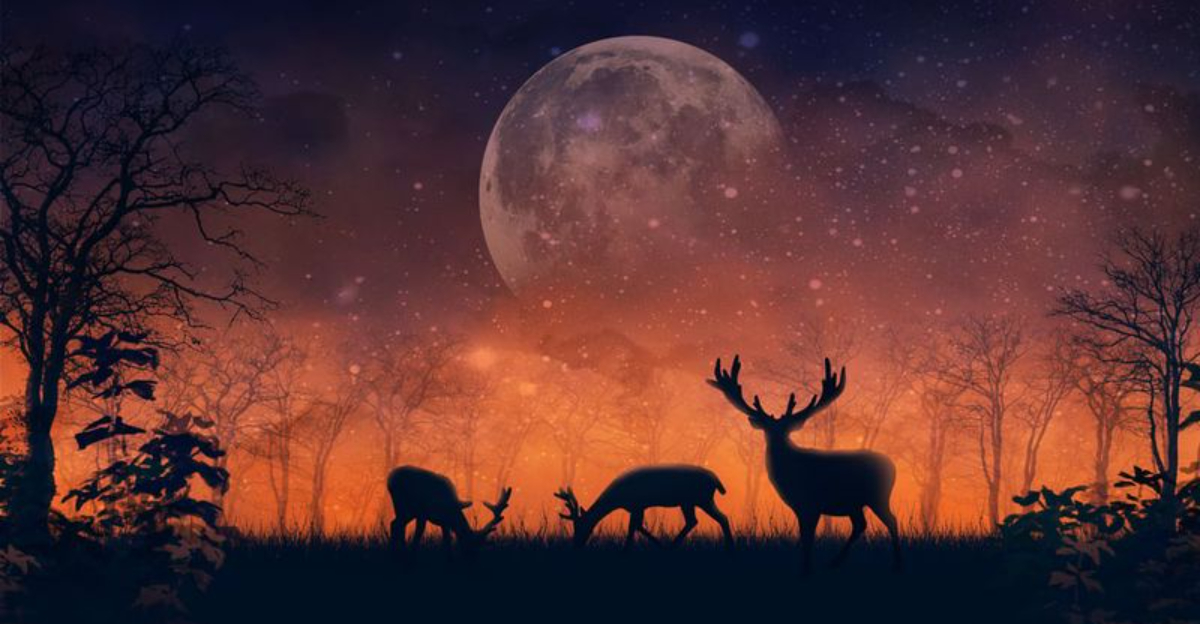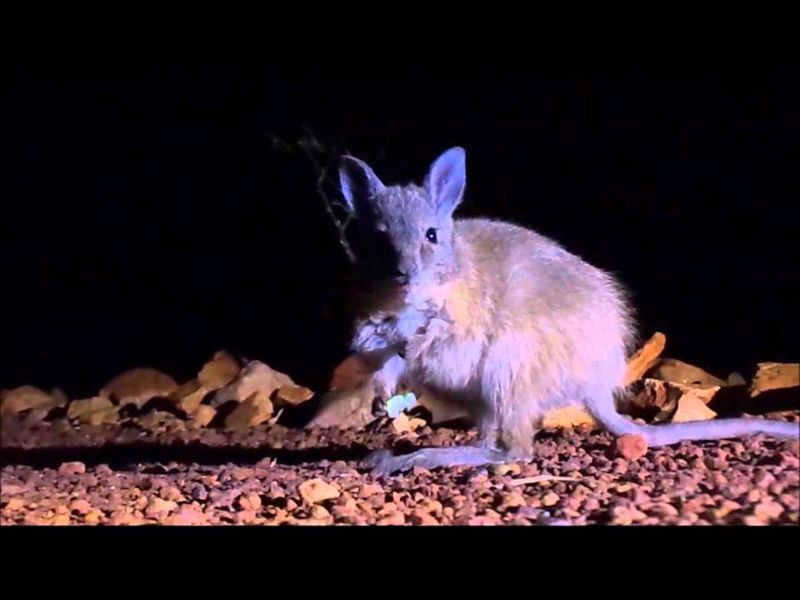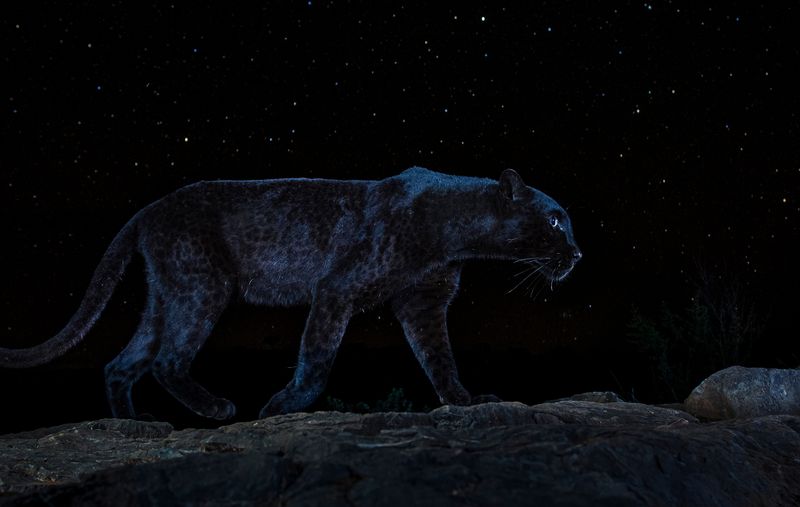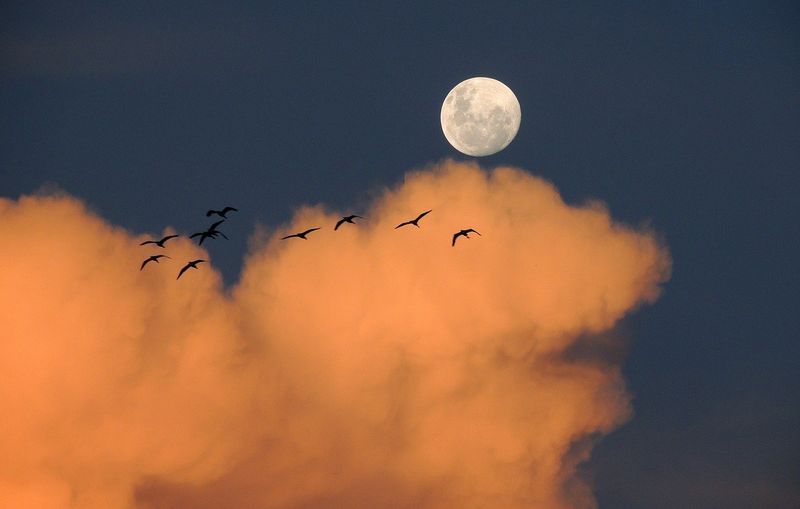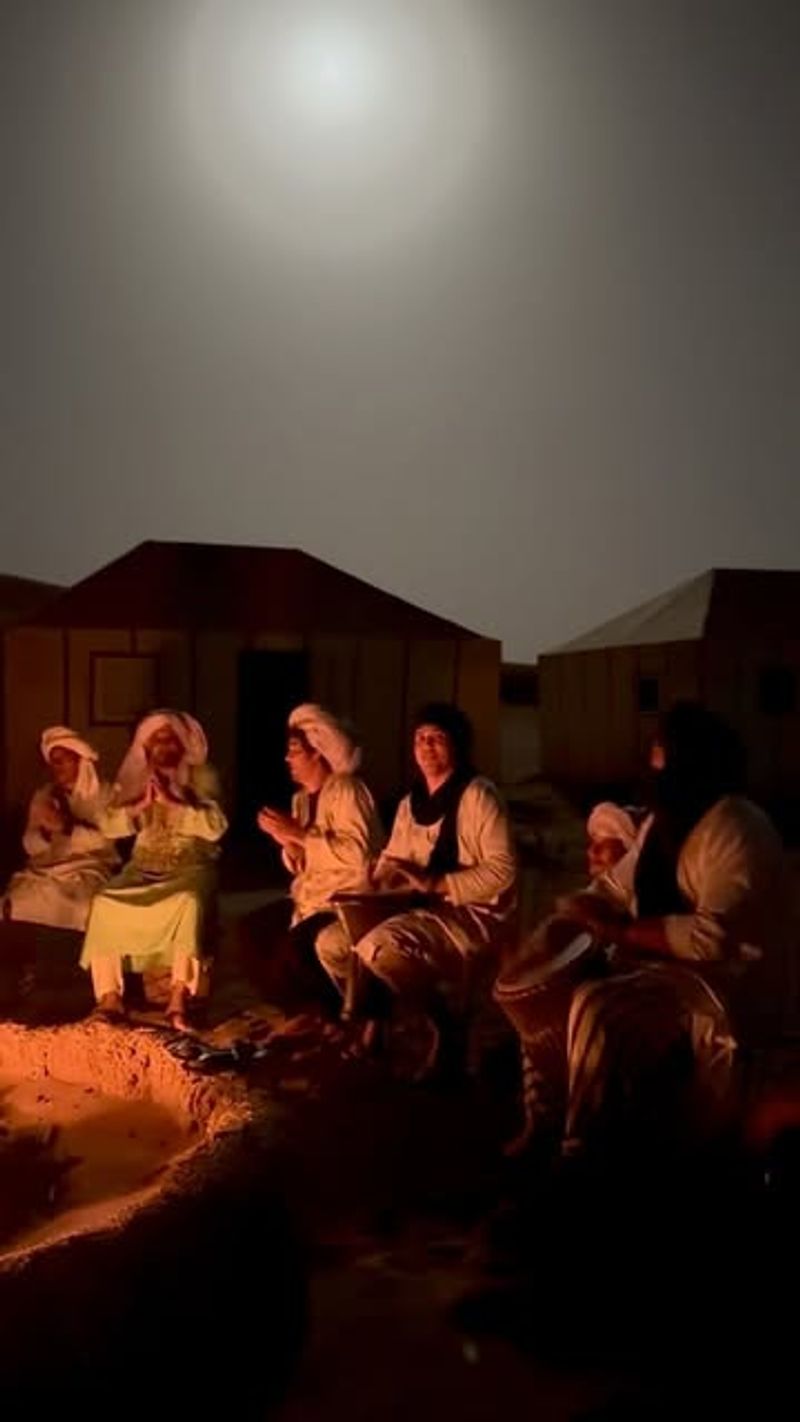When the sun sets and shadows stretch across the land, a hidden world awakens—one where wanderers roam, senses sharpen, and survival becomes a silent game of movement. Night of the Nomads dives into the extraordinary lives of animals that travel by moonlight, navigating vast terrains, facing unseen dangers, and embracing the mysteries of the dark. These seven listicles reveal the secretive, nomadic beauty of creatures who come alive under the stars.
Nomads of the Sand: Nightlife in the Desert Dunes
Deserts are full of nomadic night-lifers that emerge only after sundown. Camels, often seen in scorching sun, also travel at night when crossing vast stretches, guided by stars and instinct. Meanwhile, sand cats, scorpions, and sidewinder snakes patrol the dunes in silence, leaving barely a trace.
These creatures have adapted to thrive in an environment where the sun rules the day and the moon, the night. Some, like the silver ant, operate during a narrow window at twilight to avoid extremes. Others, like the desert hedgehog, forage in the coolest hours.
Their nocturnal existence is a delicate dance of timing and adaptation—one that turns the desert into a quiet theater of survival. Each step and burrow is a testament to their resilience and ingenuity in a harsh, moonlit world.
Shadow Predators: Hunters That Thrive in the Dark
Predators that rule the night are tuned for stealth and surprise. Owls, with their near-silent wings and laser-like vision, strike with ghostly speed. Leopards and hyenas use the dark to blend in, stalking prey that can’t see them coming.
Bats, using echolocation, map the air around them in real time, snapping up insects mid-flight. What unites these predators is mastery over darkness—they hunt not in spite of it, but because of it. Their bodies are built for it: slit pupils, specialized fur, super-sensitive whiskers.
Every movement is purposeful, every pause calculated. They are the rulers of the unseen, proving that the most powerful creatures don’t always need the spotlight to dominate. Their night-time prowess is both fearsome and fascinating.
The Lunar Travelers: Why Some Animals Only Move at Night
Many nomadic species adopt nocturnality not just by instinct, but out of strategy. For desert dwellers like fennec foxes or jerboas, the night offers escape from searing heat and exposure. In forests, animals like pangolins and armadillos wander under the cover of darkness, protected from predators and human threats.
These creatures rely on keen senses of smell and hearing to compensate for limited visibility. Evolution has fine-tuned their behaviors: silent footsteps, thermal regulation, and low-light vision all come into play. Night movement also helps with energy conservation, as cooler temperatures reduce the physical toll of long-distance travel.
Whether in the dunes or the underbrush, these travelers have mastered the art of moving through moonlight. Their nocturnal journeys reveal the delicate balance of survival, where every sound and shadow holds a story.
The Great Night Migrations: Silent Journeys Across Continents
Not all migrations happen in daylight. Many of the world’s most awe-inspiring journeys unfold under cover of night. Birds like thrushes, warblers, and cuckoos travel thousands of miles in complete darkness, guided by the stars, Earth’s magnetic fields, and their internal compasses.
Flying at night allows them to avoid predators and take advantage of cooler air currents. Even marine species, like certain squid and fish, migrate vertically from the depths to feed in surface waters under moonlight—a movement known as diel vertical migration, the largest daily migration on the planet.
These travelers move with silent determination, their journeys rarely seen but critical to ecosystems across the globe. Their nocturnal flights paint the night sky with patterns of perseverance and instinct.
The Human Connection: Nomads Beneath the Stars
For thousands of years, humans, too, were nocturnal wanderers. Nomadic tribes around the world have long moved by night—crossing deserts, navigating coasts, or avoiding detection in dangerous territories. The Bedouins, Tuareg, and Mongolian herders have used stars, wind, and instinct to guide their steps.
Even today, seasonal herders in places like Tibet or Siberia begin journeys in the twilight hours, making the most of calm and quiet. The night offers not only cooler travel conditions but spiritual significance—a time for storytelling, bonding, and reflecting under the stars.
These nocturnal journeys link us to our ancestors and to the rhythms of the wild. In the hush of midnight movement, we find echoes of our own nomadic past. Every step beneath the stars is laden with history and possibility.
